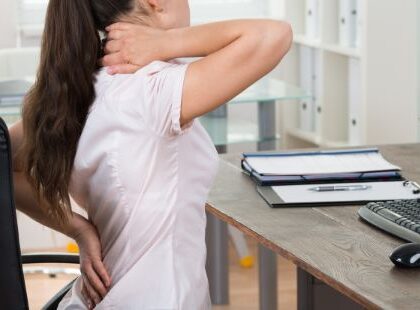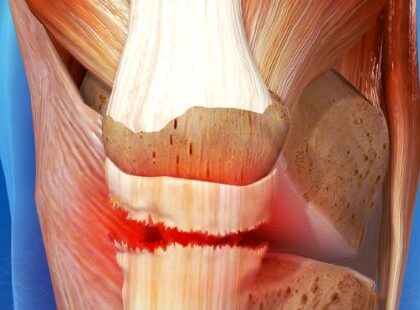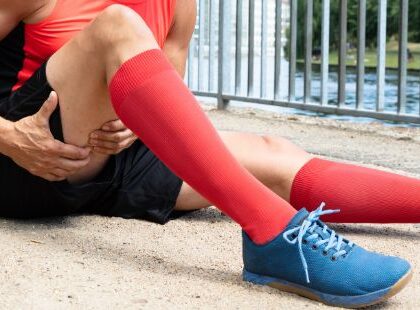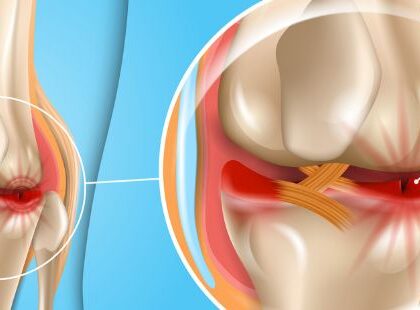
The Shoulder is quite a complex joint, being supported by 17 muscles and 3 different bones! It is a joint that is designed to be very mobile allowing us a great deal of movement ability. Whilst supported by 17 muscles the Glenohumeral joint - most commonly known as the shoulder - is highly unstable. Any injury to the area is always rehabilitated through strengthening exercises intended to develop stability and thus prevent further injury. The Biceps is one of these 17 supportive muscles; and bicepital tendonitis is a commonly overlooked injury.
Anatomy of the Biceps Muscles
The Biceps has two originating points; a short head and a long head. The long head is positioned within a Biceptial groove. A groove within the bone that the tendon sits in. Because of this positioning and the overlay of the Pec Major muscle, the long head of the biceps tendon often becomes irritated and can swell up. This causes a lot of pain in the shoulder and also resulting weakness in training. If left untreated and ignored it can pre dispose a Rotator Cuff injury or in the long term lead to a frozen shoulder complex.
Anatomical Considerations
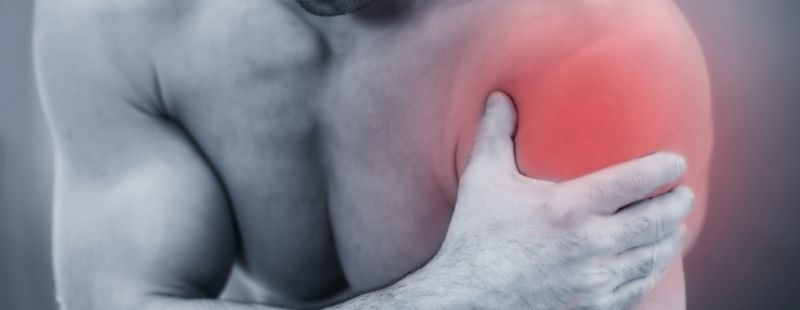
Stability Vs Mobility is the major consideration of this joint. The shoulder provides a lot of mobility and a great range of motion, but to create this it must sacrifice stability. (Which is why dislocations are so common). Posture is so important to the integrity of the Shoulder joint. Slouching, being hunched over, stretching your head too far forward, are all every day things that contribute to the altered positioning of the shoulder within its capsule and will contribute to a bicepital tendonitis.
"Itis" essentially refers to inflammation, and in this case an inflammation of the Biceps tendon. Additional anatomical consideration on a more micro level include weakness in the accompanying shoulder muscles. Weakness in the Rotator Cuff or Rhomboid muscles are examples leading to negative biomechanical considerations.
Exercise Considerations
People often, unintentionally get caught in a trap of over training certain areas. Simply put balance in exercise is crucial - when training the front, the back must not be forgotten about! It is common to see people focusing on the front of their shoulders and their chest.
Exercises dominated include:
- Chest press,
- Dips,
- Front raises,
- Pec Fly's,
- Overhead rows,
- Incline press
Whilst this may seem like a simplistic view & is certainly not the only cause of Bicepital tendonitis, when factored in with everything in life being in front of us (arms on steering wheel, arms in front typing), there is already an inherent strain on the area. When any additional strain get's added, be it from exercise or a big day spent gardening, Bicepital tendonitis can form.
Bicepital Tendonitis Symptoms
Some things to watch out for with this type of overuse injury is the pain over the biceps tendon that will appear:
- After activity only,
- At the start of activity that disappears with use and returns after but may not limit you,
- Pain at the start of activity, persists during and after activity,
- Pain that progresses during everyday activities
- Weakness in movement and potential clicking in the shoulder
- Pinching at the front of the shoulder
- Tenderness to touch over the front of the shoulder
Treatment Options of Bicepital Tendonitis
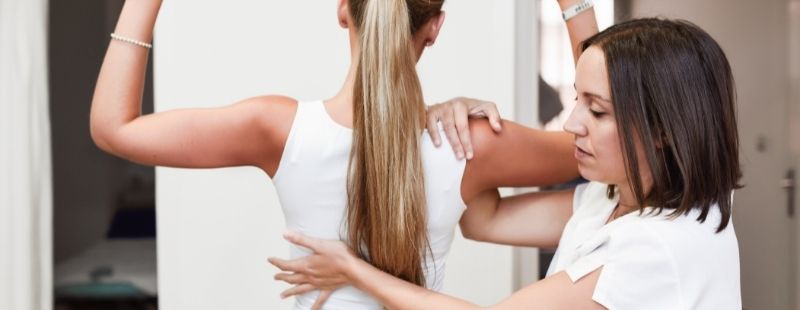
If you suspect this type of injury, then seeking out professional care is definitely recommended. Our Sports Chiropractic services are an example of who you would see for treatment.
The approach will depend on the severity and duration of the injury. Because the shoulder is so complex and so many other factors are involved, professional assessment & diagnosis are critical. It is unlikely that only the Biceps tendon will be involved.
Common treatment methods include:
- Temporarily ceasing the activity aggravating the area
- Applying ice
- Taking anti inflammatories
- Myofascial Dry Needling through the Biceps Tendon itself to reduce inflammation
- Soft tissue cross friction techniques to breakdown adhesions in the tendon
- Cortisone injections can be recommended
- Postural correction through stretching the front of the shoulder & pectoralis
- Strengthening the shoulder through Rotator Cuff stabilising exercises
Bicepital Tendonitis Self Care
For your own self care & speedy recovery there are few very simple things you can do:
- Apply ice regularly to assist with decreasing inflammation
- Take a temporary break from any exercise or work that is aggravating the area
- Keep to a minimum the amount of overhead movement you are doing.
- See a doctor if you need a prescription for pain relief or anti inflammatories.
If you think you may have this type of shoulder injury, or simply want to get it assessed and treated, then you can book yourself in online now.
